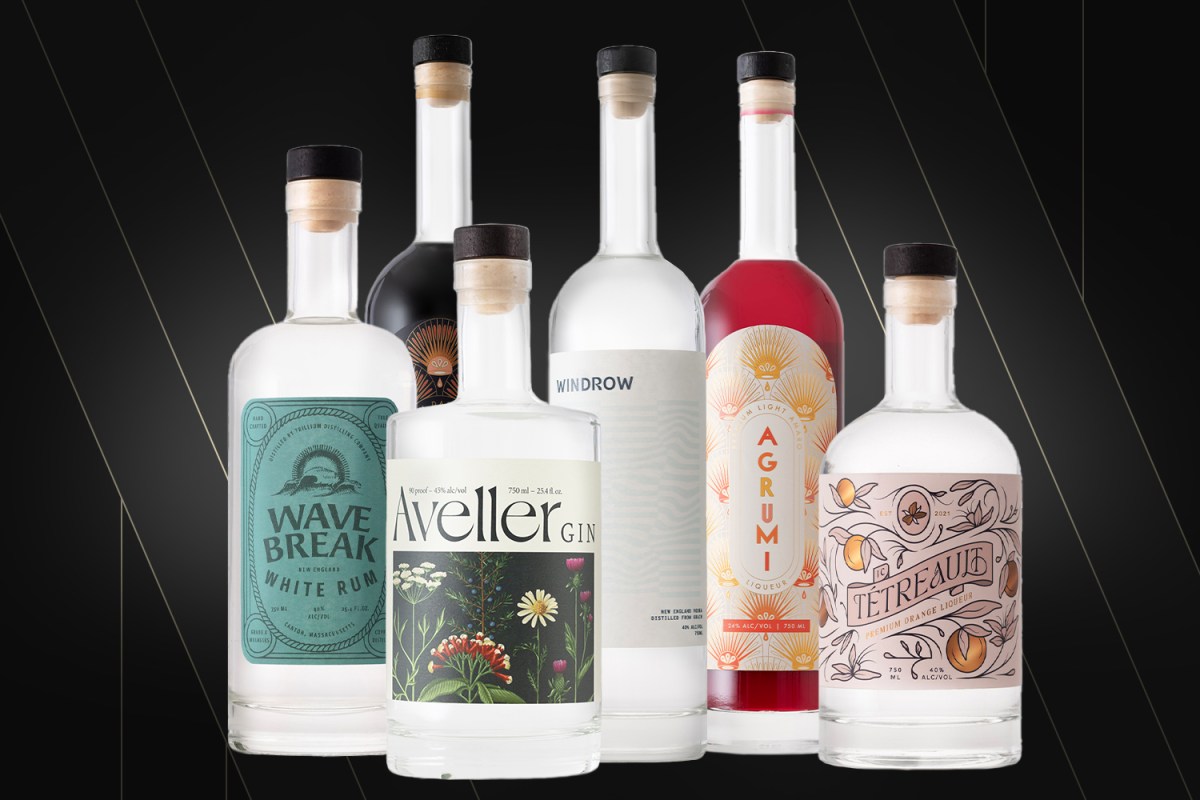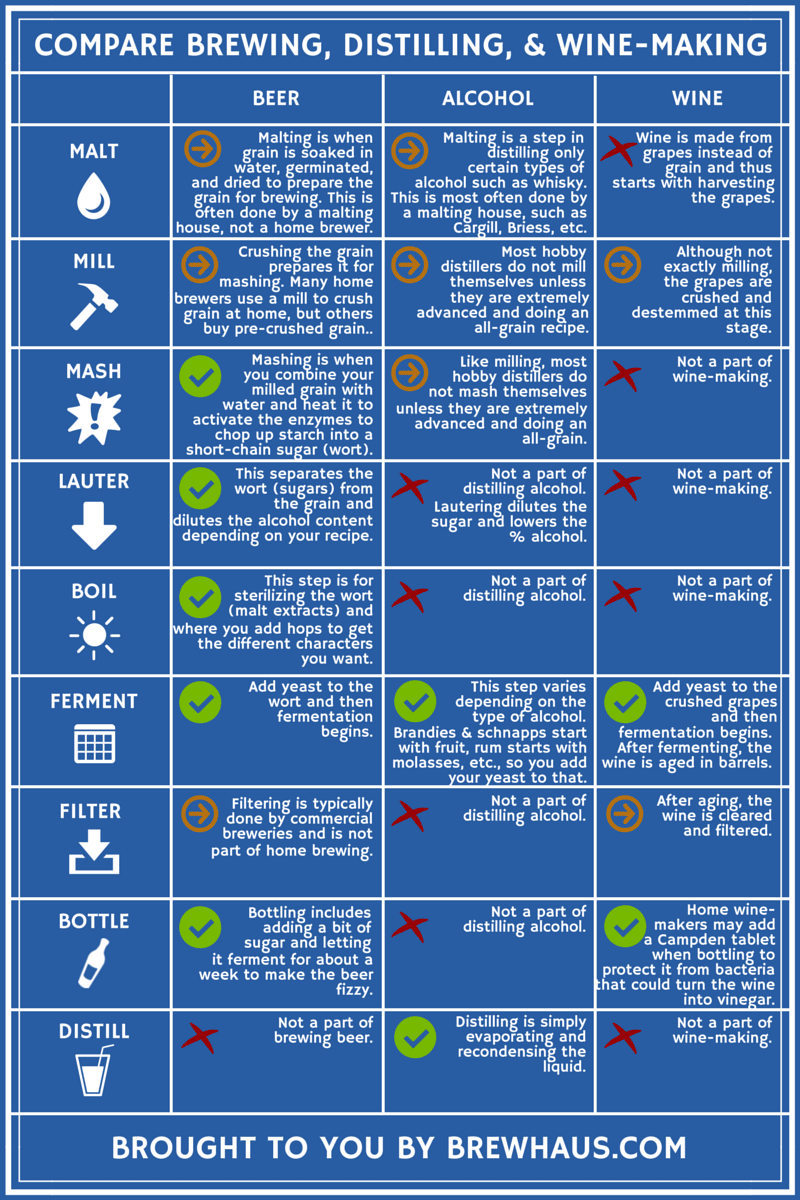Behind-the-Scenes at a Distillery in Galveston: Tours and Tastings
Behind-the-Scenes at a Distillery in Galveston: Tours and Tastings
Blog Article
Distilleries Demystified: A Total Breakdown of the Manufacturing Process
In the world of spirits manufacturing, distilleries function as the enigmatic centers where raw components are changed into intricate and nuanced elixirs. The procedure of purification is a thorough craft that links tradition, creativity, and scientific research to generate the spirits we have pertained to appreciate. As we start deciphering the layers of distillery procedures, we will navigate with the historic origins, elaborate stages of manufacturing, and the nuances that distinguish one spirit from one more. Join us on this trip as we debunk the inner functions of distilleries, clarifying the alchemy that turns grains, fruits, or botanicals right into the liquid gold that loads our glasses.
History of Distilling
Exactly how did the old art of distilling advance right into the modern industry we know today? The background of distilling days back countless years, with its origins traced to worlds such as the Mesopotamians, Egyptians, and Greeks. These ancient societies utilized crude kinds of purification to create perfumes, medicines, and also alcohols. Over time, this primitive method evolved, with considerable advancements made by early Arab alchemists during the Middle Ages. They originated using distillation for the production of spirits like brandy and scotch, preparing for the distilling practices we see today.
The distilling process remained to proceed with the centuries, with the improvement of methods and the intro of new modern technologies. The Industrial Change noted a significant switching point, as technologies such as the column still transformed automation and efficiency in distilleries. This era saw the rise of famous spirits brand names that have become house names worldwide. Today, the art of distilling has actually changed right into an innovative sector, mixing tradition with technology to meet the demands of a critical worldwide market.
Raw Product Option

When picking raw materials, distillers need to consider the sugar content, starch conversion potential, and any impurities present, as these variables directly influence the fermentation and purification processes. As an example, in whiskey manufacturing, the option between different sorts of grains like corn, rye, wheat, or barley will certainly cause distinct flavor accounts. In addition, the high quality and freshness of the raw materials can influence the performance of fermentation and eventually affect the pureness and intricacy of the final spirit.
Fermentation Process
Throughout the fermentation procedure in distilleries, sugars from the raw products are exchanged alcohol by yeast via an all-natural chemical response. This crucial phase commonly takes place in large containers called fermenters (Seawall Bar). Yeast, a bacterium, takes in the sugars present in the raw materials such as grains, molasses, or fruits. As yeast feeds on these sugars, it produces alcohol and carbon dioxide as results. The fermentation process is thoroughly kept an eye on to ensure optimal conditions for yeast activity, such as maintaining the right temperature and pH levels.
Fermentation times can vary depending on the specific distillery and the kind of alcohol being created. Once fermentation is full, the official source resulting fluid, understood as the "wash" or "beer," is then ready to proceed to the purification stage, where alcohol concentration is better enhanced through the splitting up of elements based on their boiling factors.
Purification Techniques
Complying with the completion of the fermentation procedure, distilleries employ a selection of purification methods to more concentrate alcohol web content and refine the taste profile of the fluid. Distillation is the process of dividing alcohol from water and various other components in the fermented liquid with heating and air conditioning. One typical method is pot distillation, where the fluid is heated in a pot still, permitting the alcohol to evaporate and then condense back right into fluid type. This approach is understood for generating robust and abundant spirits.
An additional extensively used method is column distillation, which involves several purification phases in tall columns. This approach is preferred for its performance in generating high-proof alcohol and is generally made use of in generating vodka and various other neutral spirits. Additionally, fractional purification is a much more refined form of column purification that permits for precise splitting up of different parts based on their boiling factors, leading to exceptionally pure spirits. Eventually, the option of distillation strategy significantly influences the qualities and top quality of the final spirit generated.
Growth and Bottling
Upon reaching the desired level of flavor growth and complexity, distilled spirits go through growth prior to being bottled for usage. Galveston Liquor. Growth is an essential stage where the discover here spirits are matured in casks or barrels made from different products like oak, which imparts distinctive flavors and attributes to the liquid. Throughout this duration, the spirits communicate with the wood, allowing them to smooth, create brand-new tastes, and boost their general intricacy

The duration of growth varies relying on the type of spirit being produced and the preferred final product. Spirits such as brandy, rum, and whiskey frequently require years of growth to reach their optimal taste profile. Throughout this process, environmental aspects like temperature level changes can also influence the growth procedure, influencing the last taste of the spirit.
As soon as the spirits have actually grown to excellence, they are prepared to be bottled. Bottling entails filtering the spirits to remove any kind of continuing to be impurities, changing the alcohol content if needed, and ultimately, packaging the fluid in containers or containers ideal for distribution and consumption. The bottling phase stands for the culmination of the distillation process, where the meticulously crafted spirits are provided to consumers for their enjoyment.
Final Thought
In conclusion, the purification procedure entails selecting raw materials, fermenting them, and using various strategies to distill the fluid. Maturation and bottling are crucial steps in creating high-quality spirits. Understanding the history and intricacies of distilling sheds light on the complexity and virtuosity associated with producing distilled drinks. By adhering to these actions, distilleries can produce a variety of spirits with special tastes and features.
The procedure of distillation is a careful craft that intertwines scientific research, practice, and creativity to generate the spirits we have come to appreciate.The choice check this site out of raw materials is an essential facet of the distilling procedure, affecting the top quality and flavor account of the last spirits created. Additionally, fractional purification is a more refined type of column purification that allows for precise separation of various parts based on their boiling factors, resulting in remarkably pure spirits. Throughout this procedure, ecological elements like temperature changes can also affect the maturation procedure, affecting the last flavor of the spirit.
The bottling phase stands for the conclusion of the purification process, where the meticulously crafted spirits are offered to consumers for their satisfaction.
Report this page